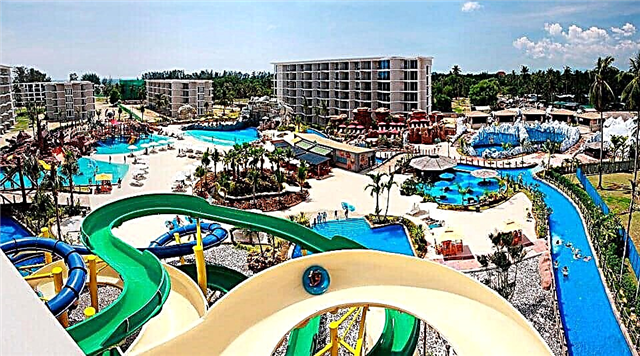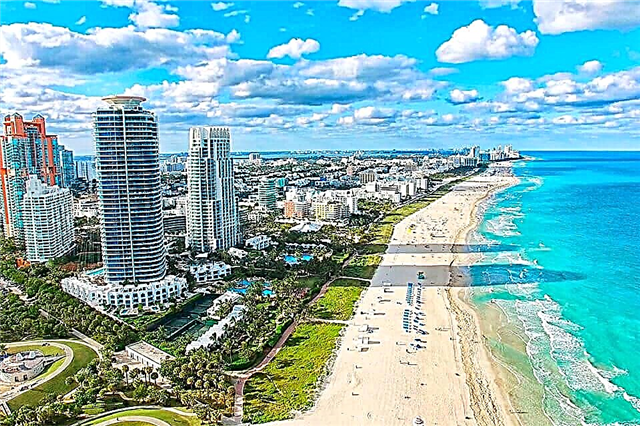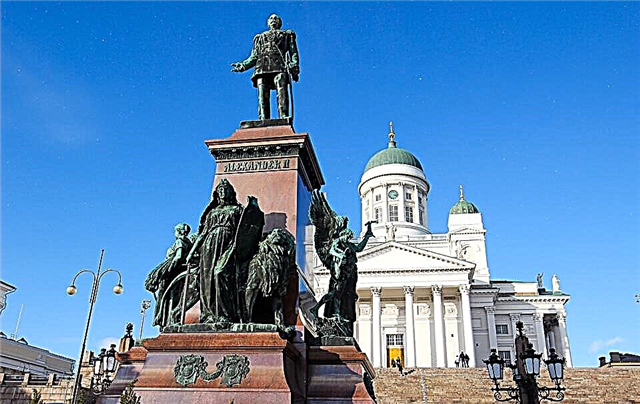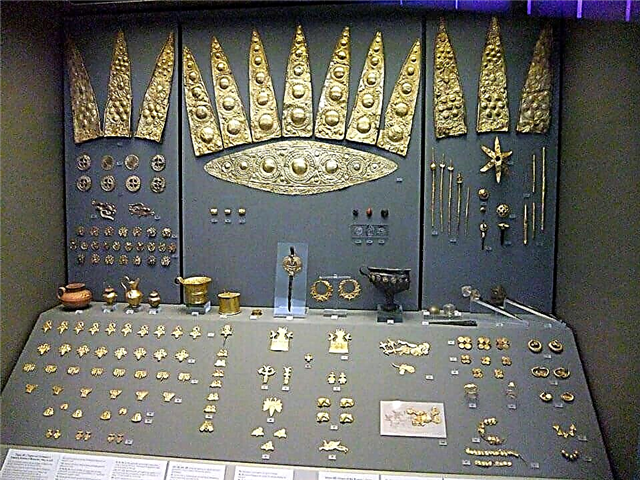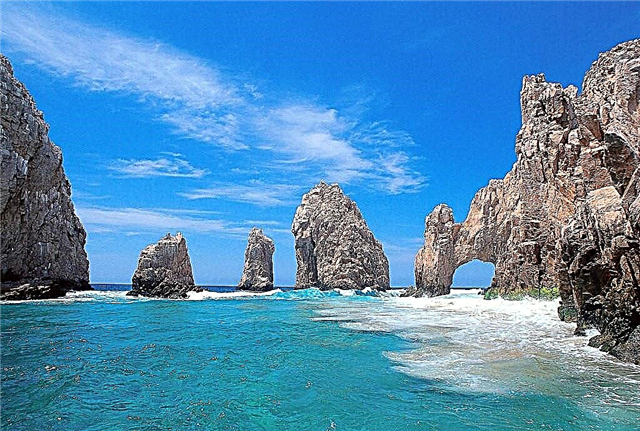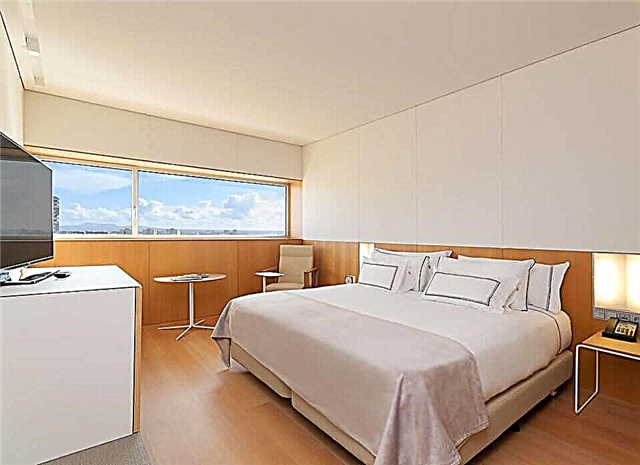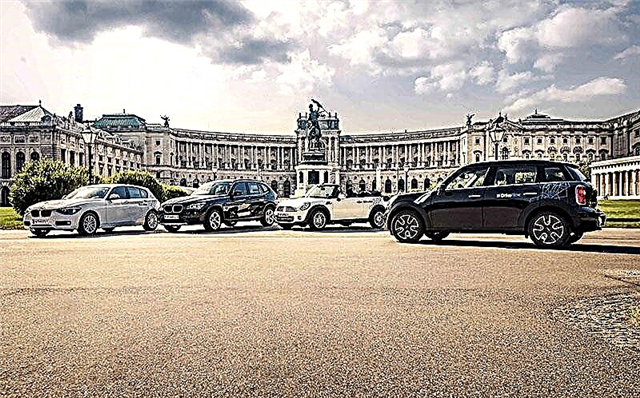After enjoying the beauty of medieval Prague, you are thinking, why not take a fascinating excursion to the capital of the neighboring state - Vienna? The road will take only a few hours, and the trip promises to be incomparably rich and interesting! Especially for independent tourists, we have compiled a detailed itinerary for an excursion from Prague to Vienna.
How to get from Prague to Vienna
To get from Prague to Vienna, you can use the following modes of transport: regular bus transport, train, plane or rent a car. Tourists who hitchhike can find fellow travelers through the appropriate Internet resources.
Bus

This is perhaps the most economical way to find yourself in another amazing city in Europe. Such companies as Radina VIP, MeinFernbus, EuroLines, ArdaTur and Student Agency work in the direction today. By the way, it is the tariffs of the last of the mentioned carriers that are the most democratic. Travel on a Student Agency bus will cost an average of 15 euros, while ticket prices for all other companies will be 17-26 euros per person.
The bus journey will take about 4-5 hours. All vehicles are equipped with everything necessary for a comfortable trip - air conditioning, toilet, wifi and sockets. Moreover, the convenient schedule also speaks in favor of buses, thanks to which they depart from Prague at intervals of 30-40 minutes.
Plane

We will not talk about this type of transport for a long time. After all, he has practically no advantages. This is clearly not the fastest and most budget travel option. If you do not take into account direct flights, which, although they will reduce the trip to 50-60 minutes, will still require serious financial investments (the price for a direct flight exceeds 43 thousand rubles!). Otherwise, the journey will take more than 5-7 hours, and the ticket will cost 14-16 thousand rubles. And from Vienna airport to the city you have to get 15 minutes by high-speed train, paying 9 euros for a ticket.
A train

A good alternative to buses is the train. It will take tourists no more than 4-4.5 hours to get on the road, although the fare "bites" and ranges from 35 to 74 euros per person, depending on the type of carriage.
Among the advantages: a convenient location of the Prague station and a convenient schedule (8 trains, which run from 6.52 to 23.58 daily). The ticket can be bought both before boarding, and in advance via the Internet.
Car

Tourists who can afford to rent a car will be in Vienna in 3.5-4 hours. At the same time, rent, taking into account the cost of purchasing fuel, will cost at least 120-130 euros per day. And do not forget about a special subscription, which will allow you to move around the toll sections of the road. Its approximate price is 20 euros.
What to see in Vienna in one day

Once in Vienna, each tourist independently plans his own cultural program. For those who are in this city for the first time, we offer a short overview of the most famous places that everyone should visit!
Of course, the first thing that comes to mind when you find yourself in the Austrian capital is the brilliant composers who have created world-famous classics, breathtaking architecture, as well as one of the most delicious desserts - the sacher cake. But beautiful Vienna is famous not only for this! Connoisseurs of history and art will fall in love with its rich assortment of museum pieces, galleries and exhibition halls. And fans of palace and park architecture will personally be able to see the genius of the masterpieces preserved from the pre-war times, the rooms of which were once inhabited by the first persons of the empire.
Ringstrasse

Perhaps the most beautiful street in the Austrian capital stretches for 5.3 km and contains many amazing architectural and historical structures. The main direction of architecture in which the local monuments are sustained is eclecticism. This style was actually created thanks to the unusually pompous palaces and structures that wealthy Austrians began to hastily erect here after Emperor Franz Joseph, by his decree, launched the construction of the Ringstrasse. Its main feature is an attempt to imitate the famous styles of past eras.
It is here that tourists will be able to see the famous State Opera, a university that were executed in the neo-Renaissance style. The buildings of the Parliament, the Town Hall and the Burgtheater correspond to the main features of Flemish Gothic, and when creating the huge Museum of Art, the Stock Exchange and the Votivkihre Cathedral, the architects used techniques inherent in the Gothic Revival style.
Gazebo

This palace was the summer residence of Prince Eugene of Savoy, who was not only a famous military leader, but also a recognized connoisseur of art. Initially, the territory of the complex was located outside the city and consisted of two palaces, as well as an extensive park. Today, the halls of the Upper and Lower Palaces house extensive collections of works of art from the Middle Ages to the present day. Therefore, a walk to the palace will appeal not only to connoisseurs of architecture and palace luxury, but also to art lovers.

The basis of the collection is the collection of paintings by G. Klimt. It is here that the world famous works "The Kiss" and "Judith" are kept, which brought universal recognition to their author. There was also a place for pictures of such geniuses as Waldmüller, Makart, Amerling, Böckl, Fendi and others.
After enjoying the inside, do not deny yourself the pleasure of taking a short walk through the palace park, looking at the prince's residence from a hill. It is believed that the best time to visit the palace is summer or spring.
The palace can be visited daily from 10 am to 6 pm. The entrance price to the Upper Palace is about 10 - 12.5 euros for students and adults. Free admission for children. You can visit the Lower Palace even cheaper - for only 8.5-11 euros.
The residence is located at Prinz Eugen-Str. 27, 1030 Vienna. The easiest way to get there is by metro (to the station Südtiroler Platz-Hauptbahnho), by bus 69A or trams 18 or 71.
St. Stephen's Cathedral

The real national symbol is the Catholic Cathedral of St. Stephen, which is made in the Gothic style and is located in the central square of the city. It may well claim the title of "religious treasury", because under its vaults are kept the most valuable relics - crucifixes, church utensils and works of art. The catacombs are hidden under the building, where the remains of the Austrian rulers found their last refuge.
The cathedral is located at Stephansplatz 3. It is open seven days a week from 6 to 22 hours. Free admission. But if you want to use the services of a guide, then a half-hour walk accompanied by him will cost 5 euros from each tourist. A similar price for the entrance to the catacombs with a guide. To get to the observation deck of the South Tower, you have to pay 4 euros (for children - 1.5-2 euros). The all-inclusive ticket costs only 16 euros and will allow you to look into every part of the cathedral.
Charles of Borromean Cathedral

The most prominent representative of the Austrian Baroque is the Cathedral of St. Karl Borromeus, which was created by the architect Fischer von Erlach in 1737. The style of the building reflects two directions of different content - Italian and French classicism. As conceived by the author, the crown of his creation was to be baroque architecture during the heyday of the Roman Empire. According to legend, the ruler Karl promised to thank his patron saint if he helped the city to get rid of the plague epidemic.
The complex includes several independent buildings - triumphal Roman columns, towers, a central portico, a temple facade. A rather original architectural technique is also striking, when the main building of the cathedral is as if hidden behind a facade annex.
The temple is located at Kreuzherrengasse 1 1040 Wien, ,sterreich and is open daily.
Hofburg palace

The Winter Palace of the Habsburgs and the main abode of the entire imperial court of Austria currently serves as the residence of the Austrian president. The huge area of the building contains over 2,600 rooms and halls for various purposes. The apartments in which the emperors and members of their families lived and worked have been preserved unchanged to our time. By their decoration, one can form an idea of how the rulers of Austria lived in the 19th century. Several rooms were set aside for the Sisi Museum, which became available to the general public in 2005. The opening was timed to coincide with the 150th anniversary of the wedding of Emperor Franz Joseph to Princess Elizabeth, who at that time was considered the most beautiful woman throughout Europe.
In the Silver Chamber, you can personally contemplate a considerable collection of silver cutlery and luxury items and household items.

This famous landmark is located at Hofburg - Michaelerkuppel. The easiest way to get there is by metro on the orange line, getting off at the Herrengasse stop. Alternative routes are offered by trams 1, 2, D and J, which must go to Burgring station, or buses 2A and 3A, which will take tourists to Hofburg station.
The palace is open daily from 9 am to 5.30 pm, and in July and August - until 6 pm. Tickets must be purchased at the box office, which closes an hour before the palace closes. Tickets cost 5.9-14.4 euros per person. Discounts are available for children, students and the disabled.
Kunsthistorisches Museum

Opened in 1891, the Vienna Art Museum immediately became a favorite of tourists. Created in the Renaissance style, it contains an impressive collection of works of art by artists such as Raphael, Titian, Rembrandt, Velazquez, Rubens, Bosch and dozens of other renowned artists and sculptors.
The museum is located at Burgring 5, and to get to it, you need to take trams D, J, 1, 2, 46, 49, getting off at the Dr.-Karl-Renner Ring stop. You can also take the metro on the orange line and by bus 2A, getting off at Volkstheater and Burgring stations, respectively.
It works every day except Monday from 10 am to 6 pm, and on Thursday until 9 pm. The ticket price for adults is 11-12 euros, and for children under 19 years old, admission is free.
Natural History Museum

The halls of this exhibition complex have an impressive collection of natural exhibits. The total area of the museum is 8700 square meters, and is divided into 39 thematic halls. Just imagine: the collected collection has over 2 million exhibits, many of which are of fabulous scientific and historical value.
Today, visitors will be able to learn many interesting facts from the life of various representatives of the animal and plant world, get acquainted with an extensive collection of minerals, and will be able to stroll through the royal library.

The exposition is located at Burgring, 7 and is open from Wednesday to Monday from 9 to 18.30 hours. The ticket price is only 10 euros. After an eventful walk, we recommend stopping by a local restaurant to sample excellent local cuisine and, of course, the famous Viennese coffee with a slice of Sachertorte.


